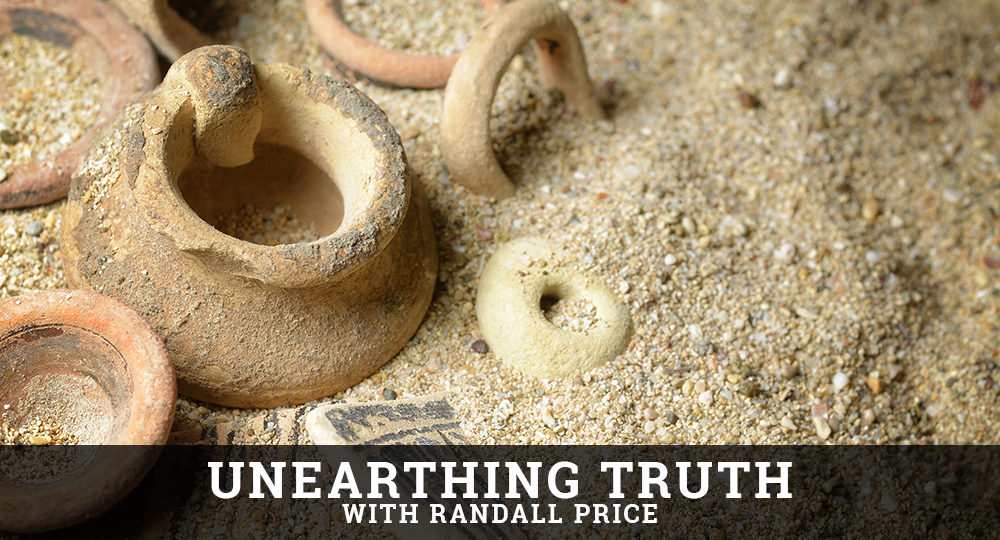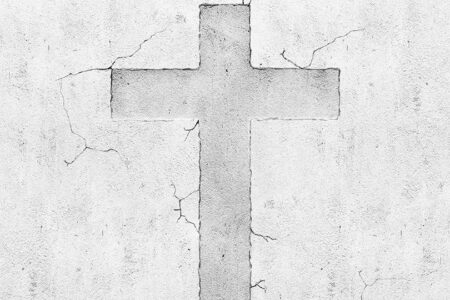Judging the Book of Judges
The book of Judges chronicles cycles of Israel’s discipline and deliverance as the Israelites settled in the land of Canaan. Just as conflict began Israel’s entrance into its promised possession, conflict continued under the judges—Israel’s civil administrators and military deliverers—because enemies remained in the Promised Land.
Today, conflict swirls around the book of Judges, as its uncertain origin and chronology have led biblical critics to doubt its historical accuracy. Rather, they consider the events heroic folklore designed hundreds of years later by Jewish nationalists to embellish a narrative of the Hebrews’ origin. However, archaeological evidence confirms that certain details in the book could only have occurred how and when Scripture indicates (Judg. 11:26; cf. 1 Ki. 6:1).
One such archaeological detail is found in the story of Samson, the last of the judges. Samson’s war with the Philistines culminated not in the glory of conquest but in the ignominy of defeat. Contrary to popular portrayal, his size and weight were relatively ordinary. A Nazirite (dedicated to God), Samson found strength not in his long, seven-braided hair but in the Spirit of God.
Bribed by the Philistines, a woman named Delilah deceived and spiritually defiled Samson; and the Lord departed from him (Judg. 16:20). Without the Lord’s presence, Samson was captured, chained, imprisoned, blinded, and forced into hard labor by the Philistines (v. 21). His captors ultimately made him an object of derision in Gaza at the Philistine temple of Dagon.
In a last act of defiance, praying to Israel’s God to avenge him, Samson placed his hands against the two central pillars on which the temple stood and brought down the entire structure on the Philistines. As a result, he killed more in his death than during his life (vv. 21–30).
The Samson saga bears the marks of historical accuracy. Excavations at Tell Qasile1 and Tel Miqne (ancient Ekron)2, both near the modern city of Tel Aviv, have uncovered the remains of two Philistine temples. These temples have the same design as the temple described in Judges 16, featuring an antechamber and main hall with its roof supported by two central pillars made of wood resting on round stone bases. The pillars were placed along a center axis and separated by a distance of only six and a half feet, making it possible for someone to dislodge them from their stone bases and collapse the building.
A Bar Ilan University archaeological team also discovered a Philistine temple at Tell es-Safi, the site of the Philistine city of Gath and home of the Philistine giant Goliath. This temple also has pillar bases set within the inner sanctum.
While the exact temple Samson brought down in Gaza cannot presently be excavated because it lies under the modern city, these temples sufficiently confirm the account in the book of Judges. Dating to the early 10th century BC, the temples are consistent with the period of Philistine ascendancy that King David ended when he firmly established the Israelite monarchy by the late 11th century BC.
Since the Philistines were overthrown, details of their political and religious lives, including their temple construction, would have passed into obscurity. Only an eyewitness familiar with the events during the time of the settlement and early monarchy (ca. 1200–1000 BC) could have accurately recorded such details. That eyewitness could only be the biblical writer.
Again, the spade has supported the Scripture, reminding us that just as God has preserved His Word, He has preserved evidence to confirm His Word.
ENDNOTES
-
-
- Amihay Mazar, “A Philistine Temple at Tell Qasile,” The Biblical Archaeologist, 36:2 (1973), 42–48.
- Seymour Gittin, Steven Ortiz, and Trude Dothan, “Field IV Upper and Field V The Elite Zone (Part 1); Iron Age IIC Temple Complex 650,” Tel Miqne-Ekron Excavations 1994–1996 (Ann Arbor, MI: Eisenbrauns, 2022).
-








